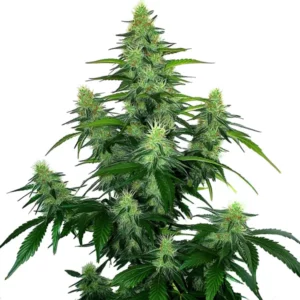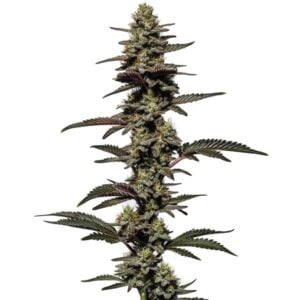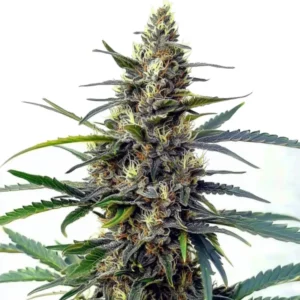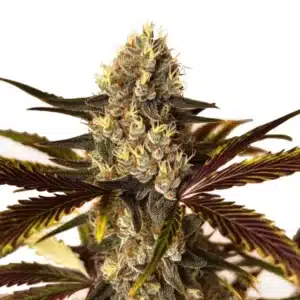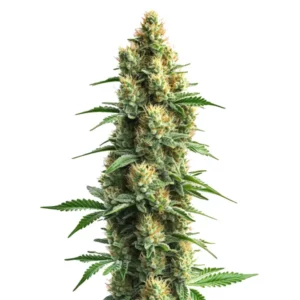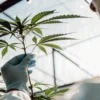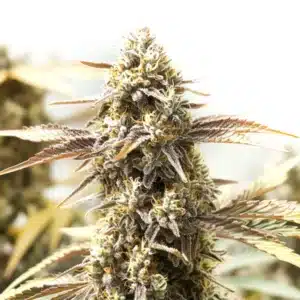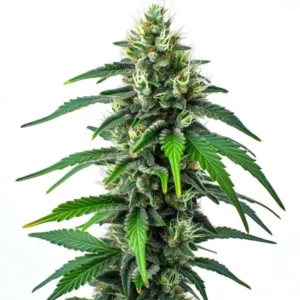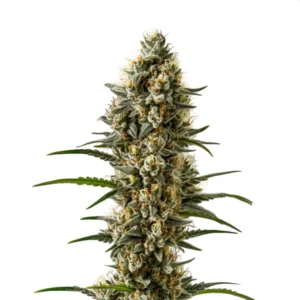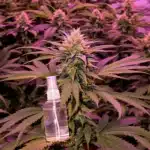
White Mildew on Buds: Identification and Solutions
Comprehending White Mildew on Cannabis
White mildew on buds can scare any cannabis grower. This fungus spoils plant looks and weakens health and yield. It creates stress and extra work for every grower who battles it. I explain the factors that trigger this fungal problem and offer practical fixes to keep your crop strong. You must act quickly and adjust your environment to stop it from worsening. Simple, smart care saves your plants and improves harvest quality.
I explain the details and effects of this fungus on cannabis. Every grower should grasp its causes and visible signals. I share tips to prevent its spread. Check your space often and adjust conditions as needed. Using proper techniques can stop its progress. Stay alert and work actively to protect your crop from this damaging fungal issue.
Recommended Strains
Deelite Autoflower
|
|
THC | 18% - 20% (Medium) |
|
|
Type | Autoflowering |
|
|
Yield | High |
|
|
Phenotype | 40% Indica / 60% Sativa |
Chocolate Thai Autoflower
|
|
THC | 21% - 25% (Medium) |
|
|
Type | Autoflowering |
|
|
Yield | High |
|
|
Phenotype | 10% Indica / 90% Sativa |
Causes and Conditions for Mildew
High humidity, poor airflow, and warm temperatures create ideal conditions for this fungus. Overwatering boosts moisture on leaves and soil. These factors let the fungus spread quickly among plants. Adjust your watering and ventilation to keep your garden dry. Monitor environmental settings closely and make changes immediately. Smart control of climate stops the fungus before it takes hold and harms your cannabis.
Many indoor and outdoor gardens face this problem when conditions become too moist. Avoid heavy watering and dense planting. Use fans and dehumidifiers to improve air movement. Prevent the fungus by keeping conditions in check. Consistent care and quick adjustments make a big difference. This approach stops the fungus from colonizing and damaging your precious crop.
Symptoms and Visual Signs on Buds
Look for a fine, white powder on leaves and buds. This powder signals that the fungus has begun its attack. You may also smell a musty odor. Early signs help you act fast. Watch your plants every day for unusual spots or smells. Catching the issue early helps you manage the damage and stop further spread.
If you see discoloration or drooping leaves, check your garden thoroughly. Immediate action protects yield and quality. Use gentle sprays or organic remedies to remove the fungus. Early detection remains key to keeping your plants healthy. Regular inspections let you spot trouble before it escalates into severe crop loss.
Promos & Deals
Prevention Techniques
Preventing the fungus works better than treating it later. Smart growers control humidity, temperature, and airflow. Set your dehumidifiers between 40% and 60% during vegetative growth, then lower humidity during flowering. Fans help air circulate. These measures reduce the chance of fungus colonization. Regularly adjust and check conditions to keep your garden safe.
Keep your grow area clean and uncluttered. Sanitize tools and remove dead plant parts. Avoid overcrowding your plants. Prune to improve airflow and reduce moisture retention. Simple maintenance and careful observation stop the fungus from thriving. Consistent efforts help protect your plants day by day.
Optimizing Growing Conditions
Adjust temperature and humidity smartly. Use reliable devices to monitor climate. Maintain ventilation and avoid excess moisture at all times. Good conditions hinder fungal growth. Regular checks and prompt adjustments help keep your garden balanced. These steps ensure your plants stay strong and resilient against environmental stress.
Improve airflow by rearranging your plants if needed. Fans and dehumidifiers work well. You create an environment that resists fungal problems. Every small change matters. These smart adjustments protect your crop from potential threats. Keep your growing area comfortable and stable throughout the season.
Hygiene and Sanitation Practices
Clean your grow space regularly. Remove fallen leaves and sanitize tools. A tidy area reduces the chance for spores to settle and multiply. Do not let dirt accumulate near your plants. Good hygiene stops fungus from getting a foothold in your garden. Simple cleaning routines save you time and effort later.
Avoid crowding plants to improve air circulation. Prune excess foliage and keep pathways clear. Every measure you take lowers moisture buildup and contamination risks. Consistent sanitation practices build a healthier environment. Active cleaning routines keep your garden free from fungal threats and help your plants flourish.
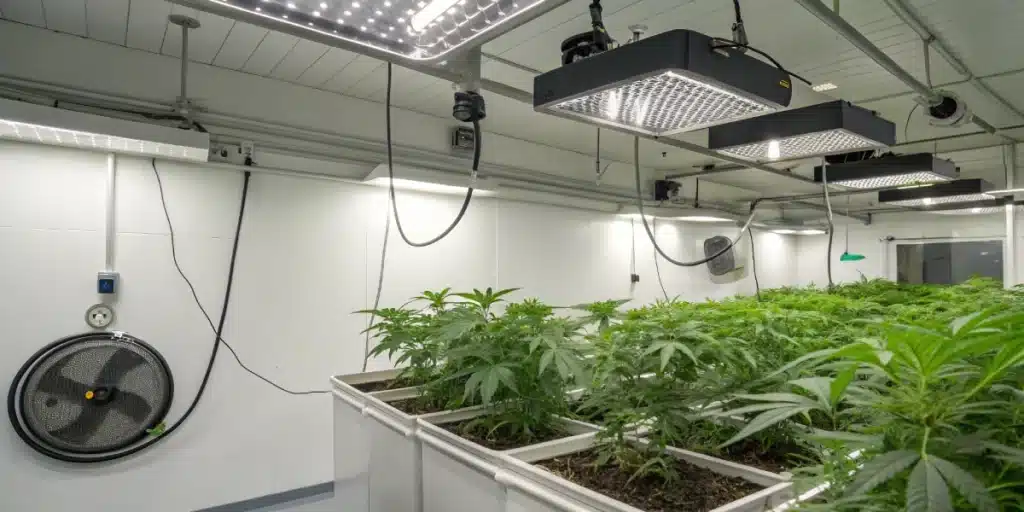
Treatment Methods
If you spot the fungus early, act immediately. Use organic solutions first. A baking soda mixture can clear spots effectively. Mix one tablespoon with water and spray carefully. Apply the solution evenly over affected areas. Quick treatment stops further spread and saves your crop from severe damage.
You may also use neem oil diluted properly to combat the fungus. Organic remedies work best on light infections. When the problem worsens, consider safe chemical fungicides. Follow label instructions strictly to protect your plants. Early and careful treatment stops the fungus and preserves your yield.
Organic Treatment Options
Mix baking soda with water to create a natural spray. This remedy stops the fungus from growing further. Organic options protect your crop without harsh chemicals. Spray the mixture on the affected areas. Repeat as necessary until you see improvement. Natural treatments work well on early fungal attacks.
Use neem oil as an alternative remedy. Dilute it with water and apply to stressed areas. This natural pesticide fights fungus and prevents future outbreaks. Regular organic treatments help maintain plant health. Many growers trust these methods to keep their garden safe.
Chemical and Alternative Remedies
For severe cases, use a fungicide. Choose a product safe for edible plants. Follow instructions carefully to avoid damage. Apply treatments during early morning hours to lower plant stress. Quick, targeted chemical remedies can eliminate heavy infections fast. Use these options only when natural methods fall short.
Monitor plant responses closely after treatment. Adjust dosages if needed to clear the infection. Keep using preventive measures even after the fungus clears. These chemical treatments offer an extra layer of defense when the problem intensifies.
Long-Term Management Strategies
After treating the fungus, maintain a routine check on your plants. Regular monitoring stops any recurrence. Keep detailed records of watering, cleaning, and treatment schedules. Adjust your practices to avoid future outbreaks. Consistent long-term strategies build a strong, resilient garden. Smart planning ensures lasting plant health and quality yield.
Set up a routine to inspect each plant weekly. Use climate monitors to adjust humidity and airflow. Every change you make prevents further fungal invasions. These efforts stop reappearance and secure long-term success. Sustained care and active management protect your crop and preserve its potential.
Regular Monitoring and Maintenance
Inspect your garden daily for early signs of infection. Check leaves, buds, and surrounding areas carefully. Maintain a regular schedule to spot any issues quickly. Keep records of your observations and actions. Frequent monitoring lets you address problems before they worsen. Stay alert and act promptly to keep your garden safe.
Maintain a routine for cleaning and adjusting environmental controls. Document every step to spot patterns. Active maintenance and regular checks protect your plants from fungal threats. These consistent efforts create a healthy, thriving garden. Smart monitoring leads to long-term success.
Environmental Adjustments for Prevention
Make small adjustments in temperature, humidity, and airflow. Use reliable monitors to check your grow area. Adjust fans and dehumidifiers as needed. These changes create a balanced space that stops fungal growth. Simple shifts in the environment help keep your crop secure. Stay proactive and modify conditions as required.
Rotate plant positions and avoid stagnant air. Smart environmental tweaks lower moisture and inhibit fungus. Every change you make improves the overall climate. Active adjustments protect your garden from future outbreaks. A controlled environment supports healthy growth and a robust yield.
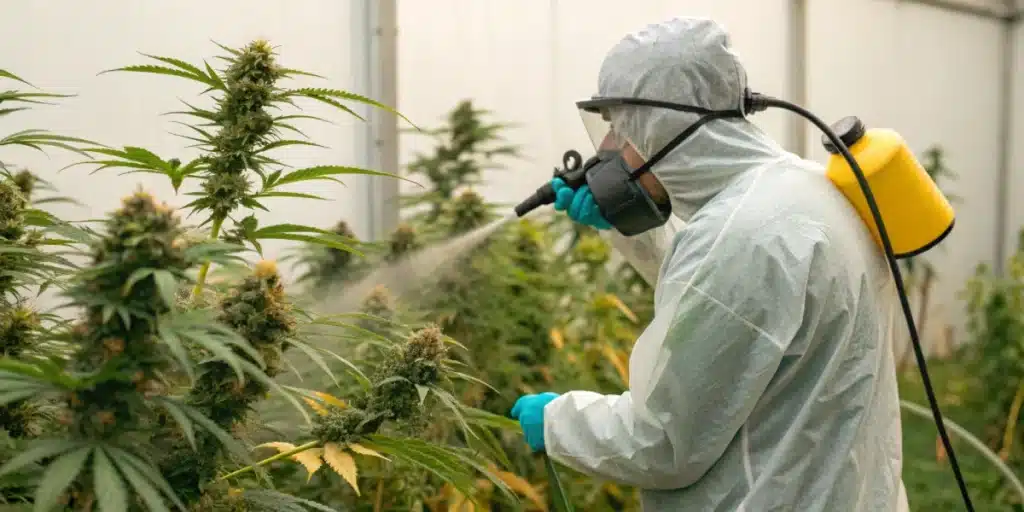
FAQs about white mildew on buds
What causes white mildew on buds?
High humidity, poor airflow, and overwatering cause this fungus. These conditions let spores settle and grow quickly. You must control moisture to prevent outbreaks. Adjust your environment and use proper watering techniques. Smart management stops the fungus from developing. Recognize triggers early to keep your garden safe.
How can I prevent white mildew on buds?
Optimize your environment and practice good sanitation. Monitor humidity and ensure proper air circulation. Regularly clean your space and avoid overwatering. Follow a strict maintenance routine. Active prevention methods stop the fungus from taking hold. Consistent care keeps your crop healthy and thriving.
What is the best treatment for white mildew on buds?
Use organic methods first, such as a baking soda spray or neem oil. These remedies work well on early infections. If the fungus spreads, consider safe fungicides. Follow product directions carefully and reapply as needed. Quick, targeted treatment stops the fungus fast. Effective treatment protects your yield and maintains plant health.


